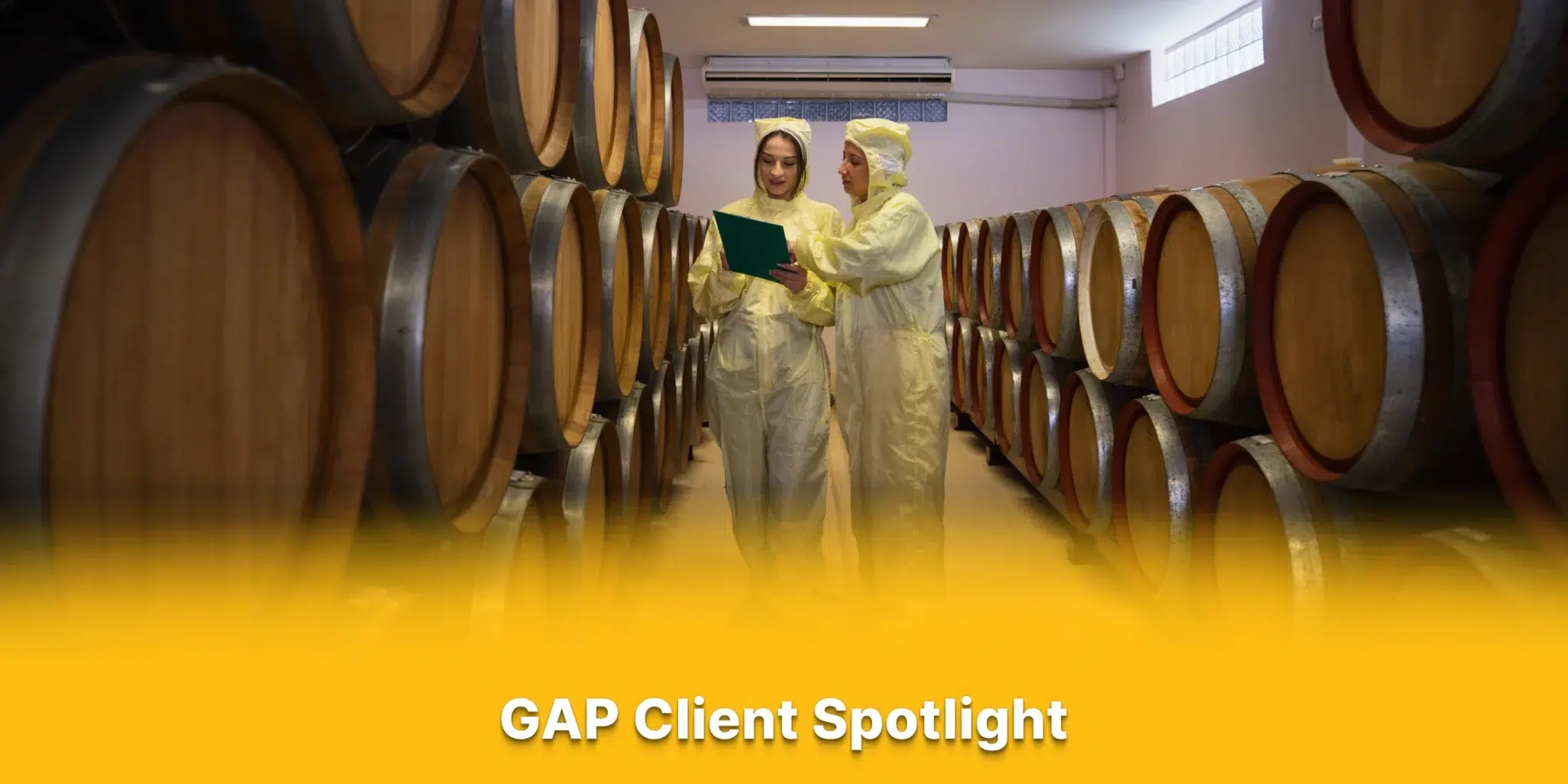The IoT stands to revolutionize the food service industry, starting with food safety IoT compliance.
Last month we attended the National Restaurant Association’s annual conference in Chicago. It was interesting to see how the food service industry is taking on digital transformation. There is still plenty of room for growth in terms of digital transformation for the food service industry, but it is primed to take the next step in incorporating more emerging technologies into its business processes, including IoT compliance solutions.
As of now, most of the digital transformations taking place are customer-facing and focused on driving revenue. There’s been a flurry of these transformations taking place across the industry in the form of loyalty apps, online ordering, gamification, and proximity-based marketing. Now that the Internet of Things is maturing, some businesses are beginning to realize how the technology will help them operate more efficiently and improve margins, especially when it comes to food safety IoT compliance.
The food service industry stands to benefit greatly from the IoT. In 2011, the Obama administration signed the Food Safety Modernization Act (FSMA) which made sweeping changes across the industry. FSMA aims to improve safety and quality of product for consumers. However, the legislation has been challenging for businesses in the space. For example, FSMA requires companies to frequently monitor and record temperatures of food prep and storage areas, and these records must be kept for two years. Today, most temperature checks are done by hand and can take up to an hour to complete, thus, contributing to higher labor costs. As a solution, IoT-based temperature monitoring is a powerful technology that can save businesses money and increase the accuracy of their compliance reporting.
Seven percent of [Chipotle’s] former customer base said they would never return.
Aside from the obvious regulation and legal repercussions of not adhering to FSMA, another driver for food service companies to be more thorough in their food safety policy is brand protection. According to the U.S. Department of Agriculture (USDA) Research Service, foodborne illnesses cause 53,245 hospitalizations in America each year, and take the lives of 2,377 — costing the responsible organizations $15.6 billion a year. This number doesn’t include any recovery costs or losses due to damaged brand reputation. Most people are familiar with the Chipotle catastrophe of 2015. Chipotle suffered an e.coli outbreak which forced it to close 43 stores, and caused sales to tumble 13 percent the year following the PR nightmare. Furthermore, 7 percent of its former customer base said they would never return.
This is where the IoT can provide tremendous value. Temperature monitoring automation is one example of how the IoT can revolutionize the food service industry. The way this solution works is temperature sensors are placed in cold storage areas and food prep areas such as walk-in freezers and deli counters, and are programmed to send alerts if temperatures breach certain thresholds. For example, if a freezer temperature rises above the regulatory standard, an SMS or email alert will be sent to the manager or an associate to examine the issue. The sensors are constantly monitoring and recording temperature data so that the restaurant or store is always in compliance. The data is uploaded and stored in a cloud platform where management can see visualizations of the reporting history.
The benefits for a solution like this are numerous but the most prominent are:
- Reduced labor costs since managers and associates no longer have to spend time doing temperature checks.
- A reduction in maintenance costs, as managers can look at data and identify malfunctioning equipment that needs repair before it reaches a critical point which would cost more money to fix or replace.
- Improved food product quality.
- Peace of mind for operators knowing that the data collected is accurate and that their restaurant is always in compliance.
These kinds of solutions are beginning to pop up around the industry, but the majority of businesses continue to use traditional methods of temperature monitoring. The companies that move on this kind of technology soon will be a step ahead in a hyper-competitive industry, especially in terms of IoT compliance.
A real-world example of this is our sensor monitoring platform, OpSense by Mission Data. We have over a decade of experience working with clients in the food service industry and developed OpSense to help them improve product quality, reduce expenses, and make their operations as frictionless as possible. OpSense is a SaaS platform providing sensor monitoring, alerting, real-time data visualizations, and reporting to restaurants, QSRs, grocery stores, and convenience stores. Check out our site to learn how OpSense can transform your business.











